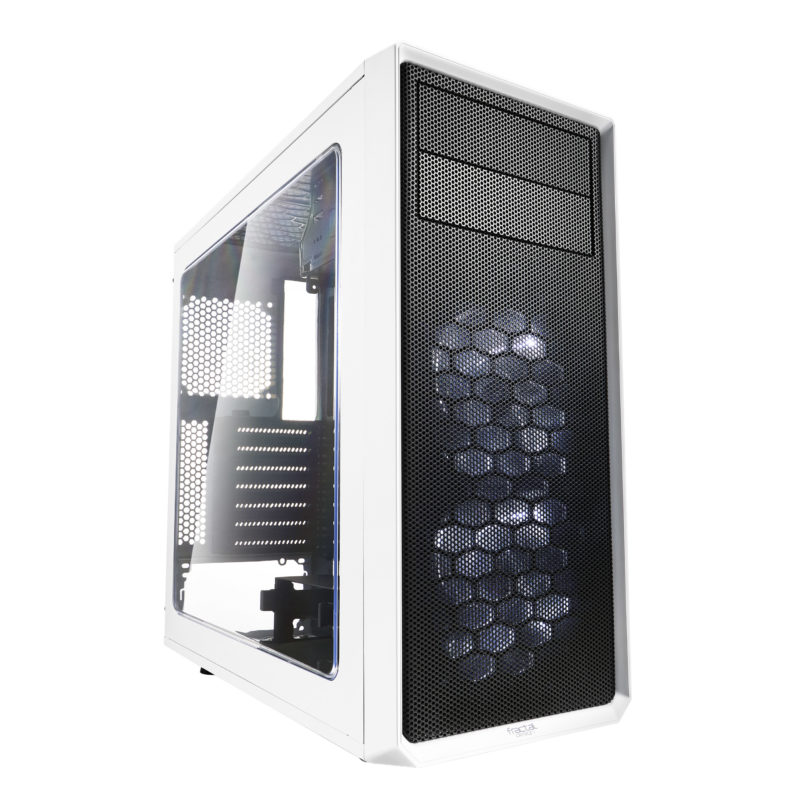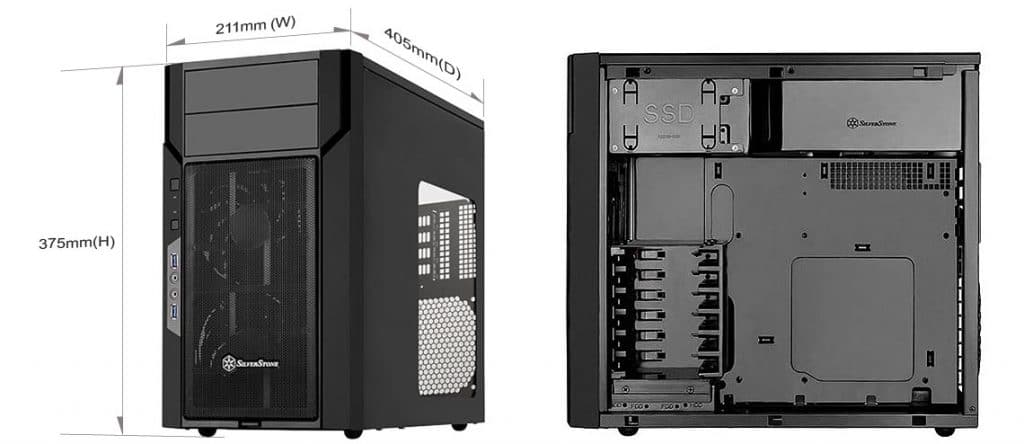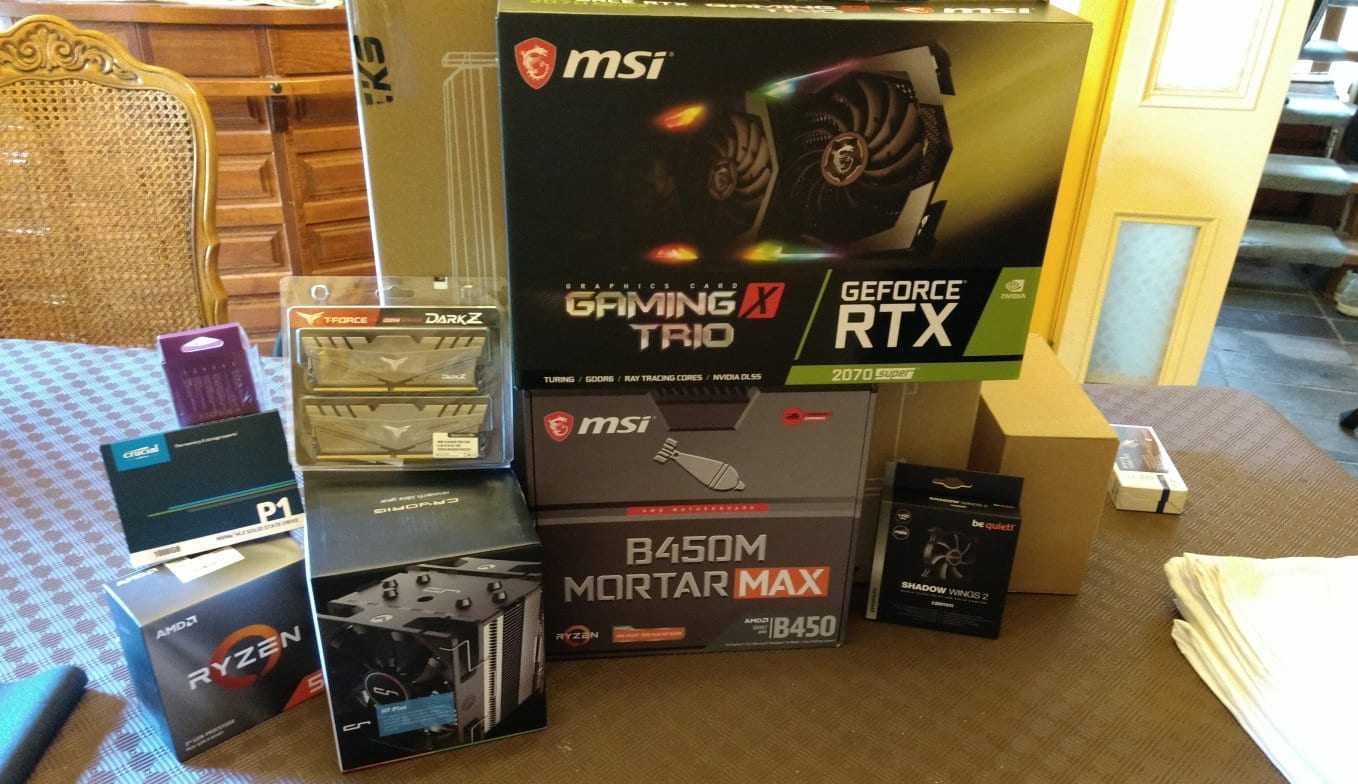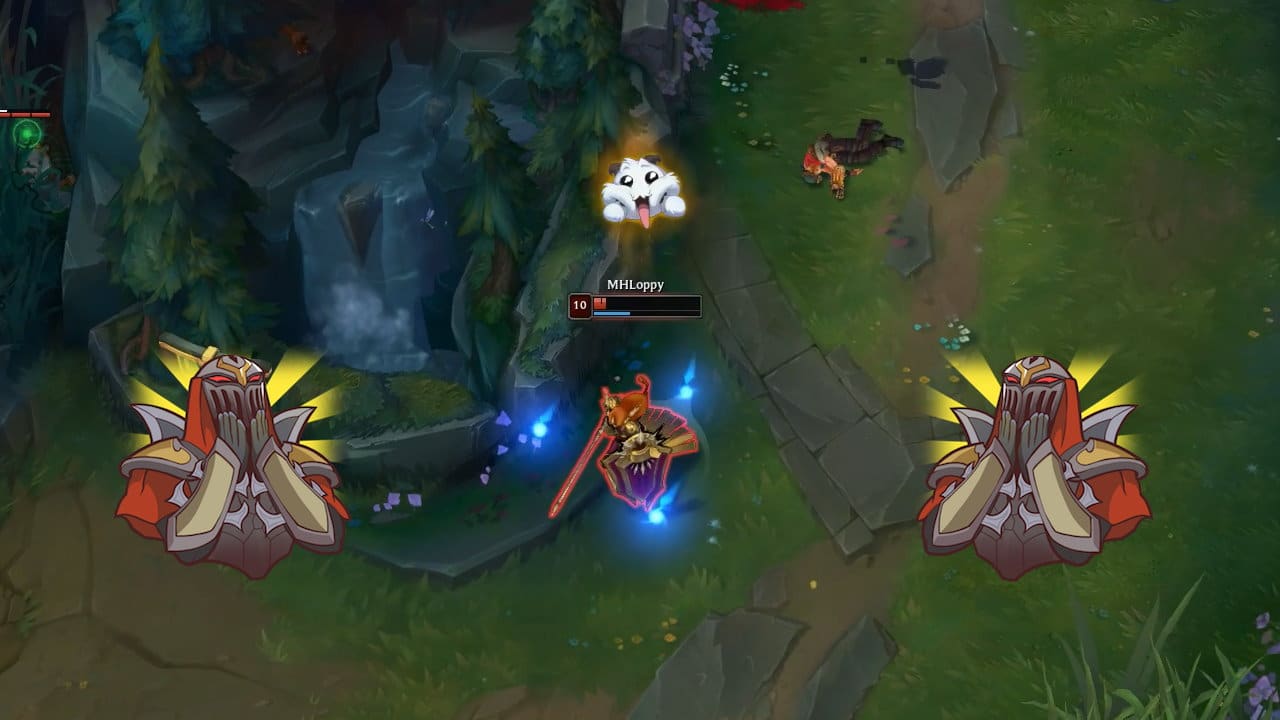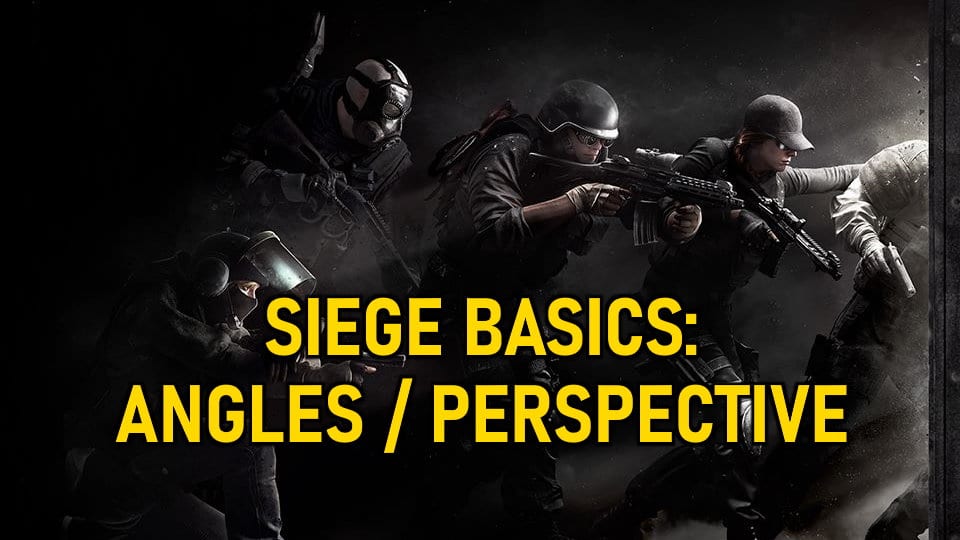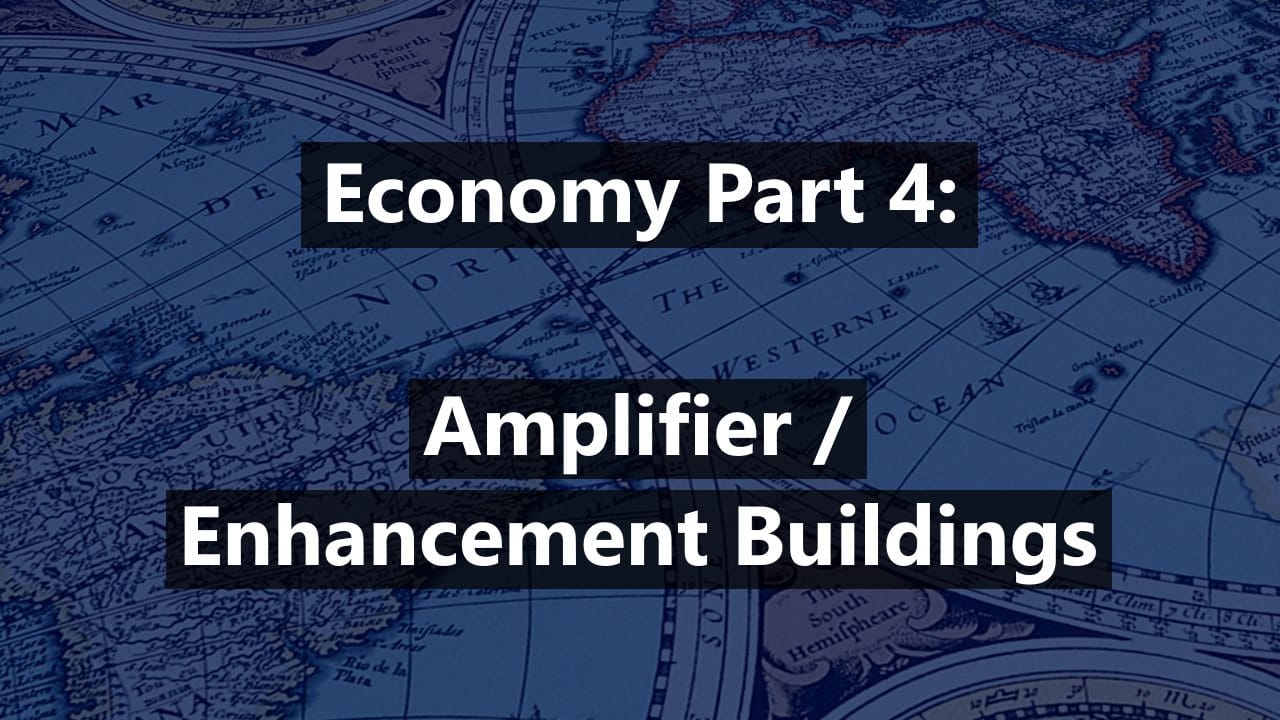If you’ve ever tried to browse the Steam Workshop for Rise of Nations, you may have been frustrated at how none of the entries appear to have thumbnails. I looked into this and it appears that this is because the native mod uploader does not support thumbnails.
Nonetheless, by using a workaround, last night I became probably the first person to ever have a thumbnail for my RoN mod on the Steam Workshop. Here’s how I did it.
Continue reading “How to Add a Thumbnail to a RoN Mod on the Steam Workshop”

